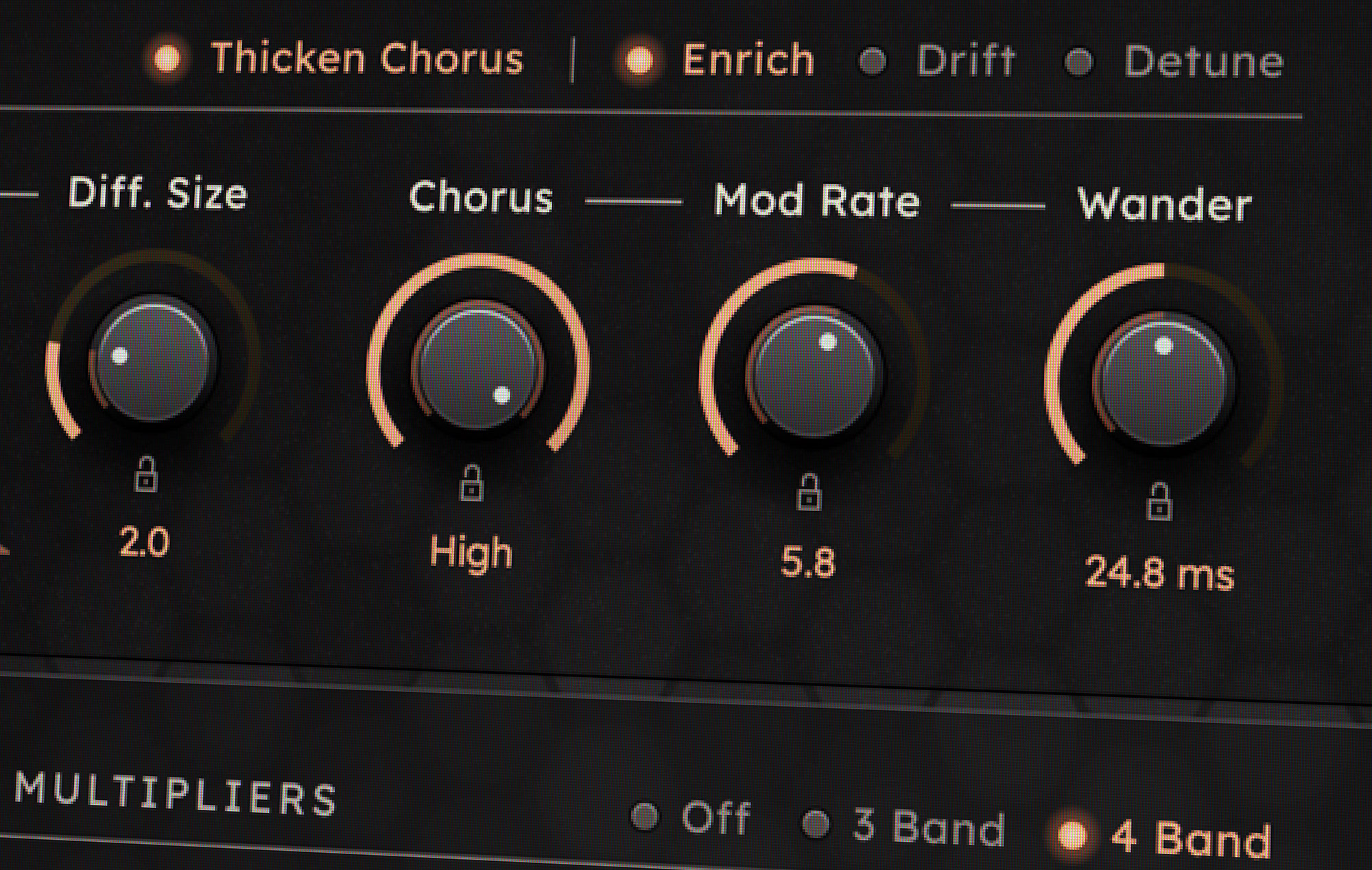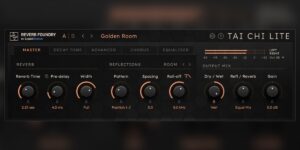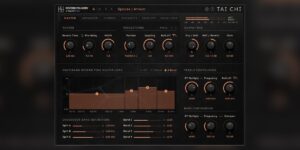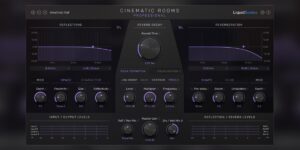
In the last post I discussed what an ensemble reverb is and how it is different from other reverbs – in short it’s down to chorusing within the reverb loop. In this follow-up I am going to go into a little more depth about why it makes such a difference with a few audio samples.
Many of us will remember the classic multi-effects boxes of old where we could add delays, choruses, equalisers and more to a great reverb in a monster patch. We don’t generally see plug-ins replicating that workflow today though outside of tools like NI’s wonderful but fairly complex Reaktor, but we’re still able to put together fantastically complex effects chains as it’s so easy to load up our favourite effects in the DAW’s mixer.
So when it comes to ensemble reverb you could just drop a great chorus before or after the reverb and it’s going to sound mostly the same, right? Well not really, because an ensemble reverb needs the chorus within the loop, not just before or after it.
As chorus is a class of effect that benefits from being within the reverb itself, not just before or after it, Tai Chi was designed from the outset to shine from within when the chorus is engaged.
”"Tai Chi is an amazing reverb. The modulation sections are incredibly powerful for creating wonderful guitar textures. I can see this replacing a couple of quite complex routing setups on mixes and I know it’s definitely going to enhance my vocal chains. Brilliant!!"
Mike ExeterBlack Sabbath, Judas Priest, Cradle of Filth
Let’s take a listen.
I built a modified version of Tai Chi just for this demonstration so that you can clearly hear the difference when chorus is present but taken out of the reverb loop.
Normally Tai Chi’s chorus modulates the reflections, reverb taps (i.e. the reads out of the body of the reverb) and the reverb recirculation (i.e. the reads that are going to loop back to the input). It’s those final reads that cause the ensemble effect to build up because the chorusing gets chorused each time round.
The first audio set uses a short electric piano sample. Being so brief makes the tail’s chorusing very easy to listen to. The second is a more complex synthetic choir that allows more harmonically interesting reverb acoustics to build up.
I’ll point out some things to listen for in each sample below. I have provided the dry audio for reference and a 50/50 dry/wet mix with various chorusing settings (of course that is much more reverb than you’d usually use but it is helpful for illustrating the effect). I do not provide a wet-only sample as it’s easier to hear the chorusing when the reverb is beating against the original signal.
- Part A: an electric piano, the dry reference.
- No modulation or chorusing at all, a completely static 5 second tail. Note how the reverb appears to hang in mid-air accentuating the harmonics without much motion or evolution.
- Chorus added to reflections and tail. Note how the early portion (around half a second) of the reverb is enriched by chorusing, but this thicker sound quickly becomes static and lifeless throughout the majority of the tail again. This is because the ensemble chorusing code has been bypassed in the bespoke build to illustrate the modulated patch without any of Tai Chi’s ensemble characteristics.
- With the ensemble code re-enabled the reverb chorus blooms more, getting richer and deeper as the tail develops. It takes on new tonal qualities and character. This is why we say an ensemble reverb can become a part of the sound design phase rather than just being used to place sound in the mix. Depending on the track I may dial the chorus depth or rate back a little depending on how exposed it is. A more exposed tail can’t usually support as much of an ensemble chorus bloom as something sat deeper in the mix.
- As 4, but with settings cranked higher. Now it’s verging on being a special effect. Things are being taken too far here but it shows you how extreme things can be without there being too much pitching. This is without any of the detuning or drifting capabilities of Tai Chi engaged, which would have taken things even further.
- Part B: a synthetic vocal choir, the dry reference.
- No chorusing at all, a completely static tail in which you can hear some beating. The reverb is accentuating the inherent repetition/looping in the sample itself, and there is an element of repetition coming from the unmodulated reverb taps as well. At a minimum we would usually want to use a little of the wander style modulation to alleviate this.
- The modified Tai Chi software build with modulation and chorusing enabled but no ensemble effect. A richer overall sound is evident. There is some tail modulation in here to relieve the beating but without ensemble chorusing the late tail could do with more life and richness.
- Ensemble code re-enabled. Hear how much richer the end of the tail is with the recirculating chorus building on top of itself, especially in the last moments of the decay tail-out. It is harmonically richer with a more humanistic choral feel, an especially important quality when working with samples. This is something that you may not expect to be able to achieve with reverb alone, but an ensemble reverb can do wonders when used this way.
Hopefully these samples illustrate why an ensemble reverb is so much more powerful than a normal reverb plus a chorus on sources like electric piano and choir where a little chorusing goes a long way.
”“I’ve been looking for an elegant way to modulate reverb - for me Tai Chi hits the spot.“
Stephen LipsonNo Time to Die, Top Gun: Maverick, Mission: Impossible 7/8
The Cinematic Rooms Professional Chorus
Although I’ve focused on Tai Chi in this article because the effect is strongest, the chorus in Cinematic Rooms Professional is also built into the main reverb loop body so it too builds on itself over time.
I would not consider it strong enough to be used as an ensemble effect, but it is a wonderfully clean and transparent reverb where just a little touch of chorus can liven up acoustic guitars dramatically. You can find more information and listen to some more audio samples in the blog post here.
Try It Out For Yourself
As helpful as audio demonstrations are, the best way to experience the wonderful chorused reverbs of Tai Chi or Cinematic Rooms Professional is with a 14-day trial. Just head to our demos page to drop a code into your license manager and pick up the installers from the downloads page.
Existing customer can use their loyalty discounts for some incredible stackable savings.



